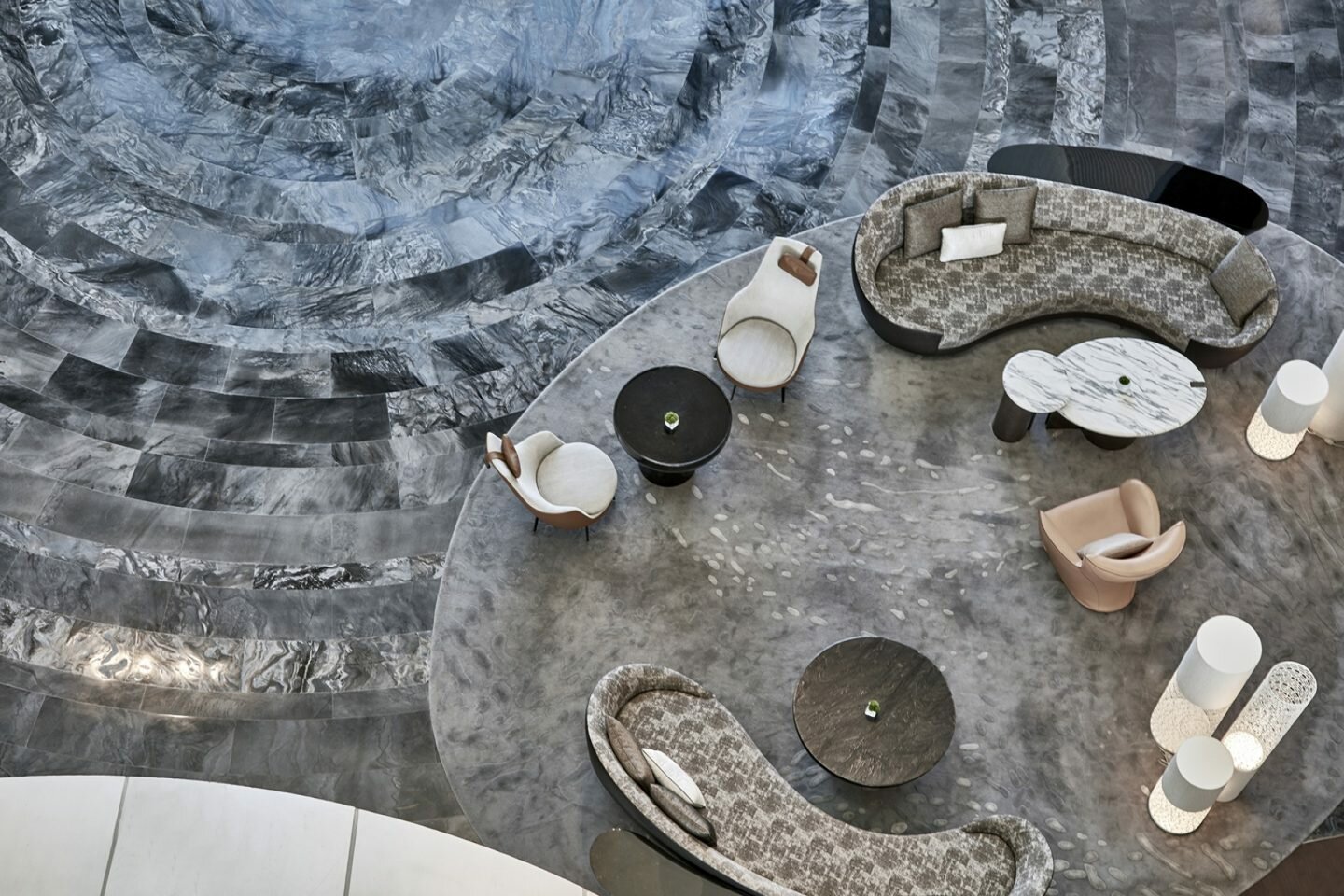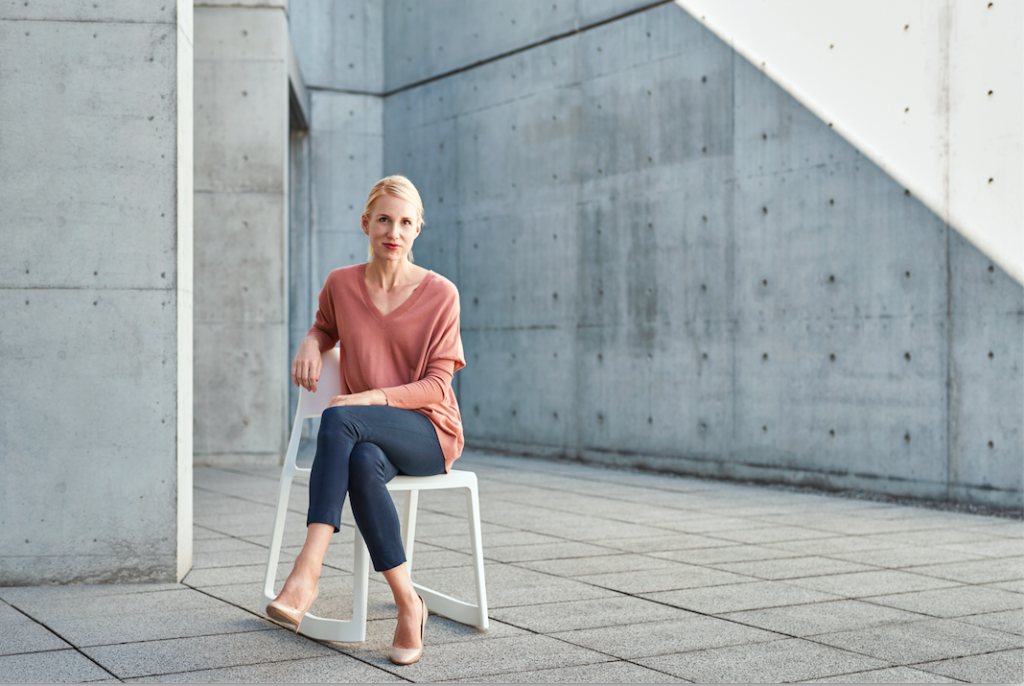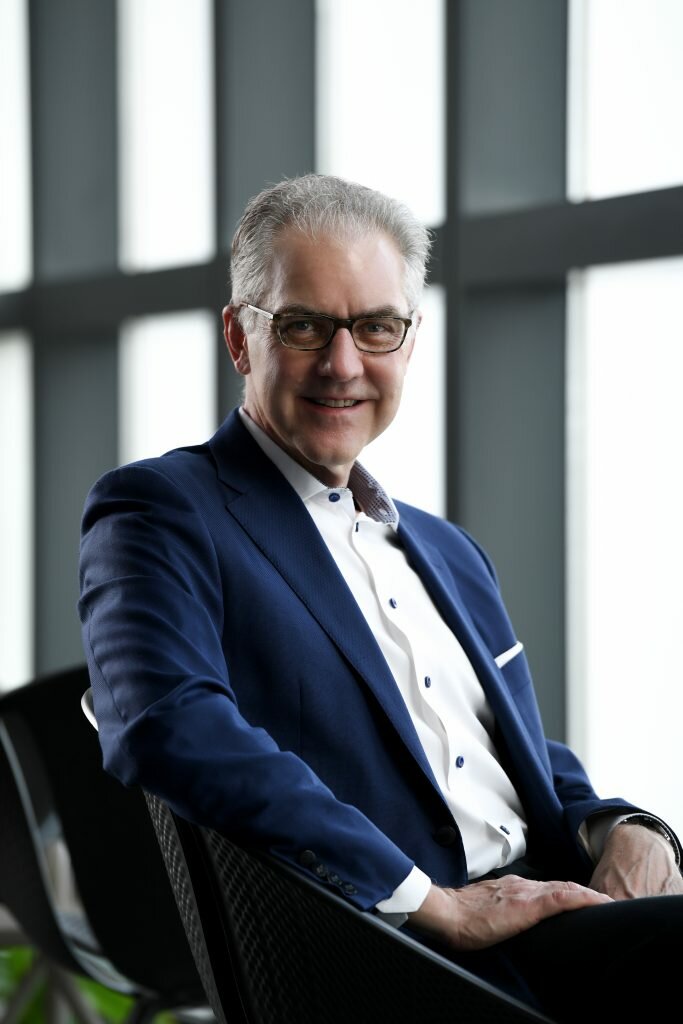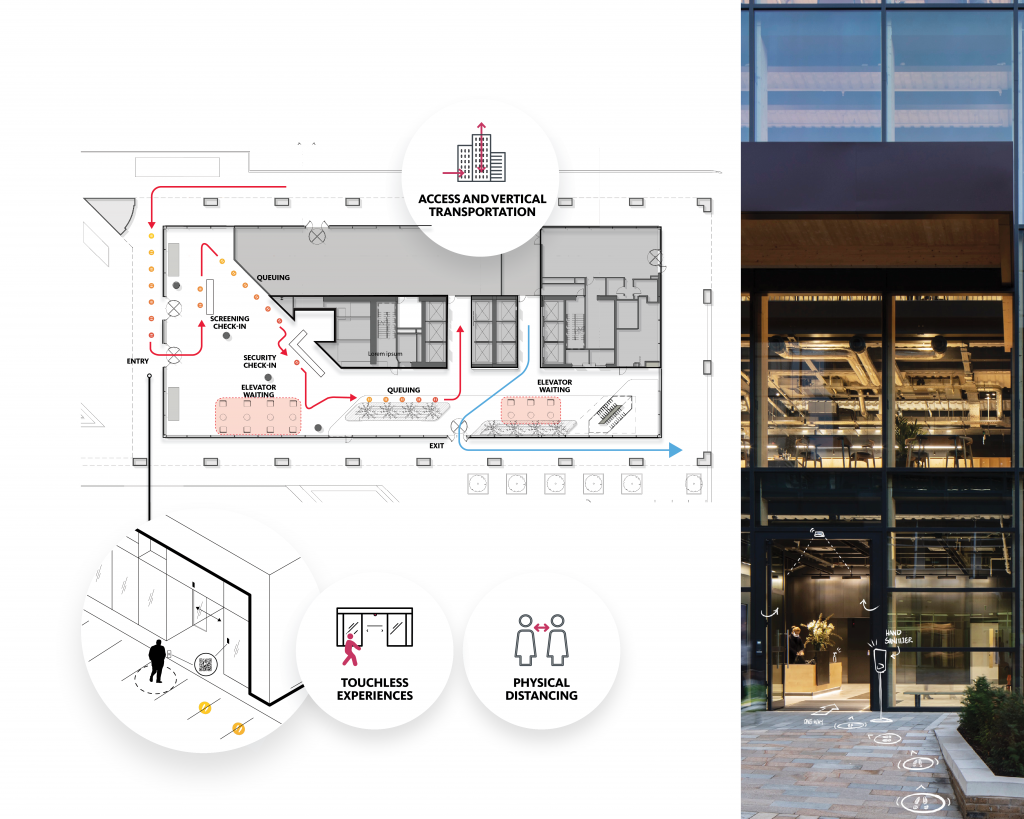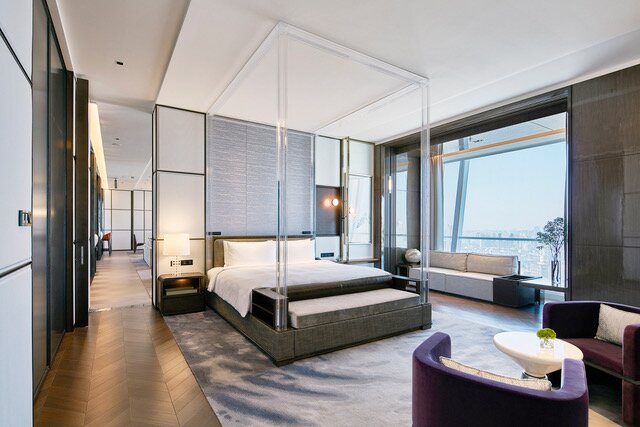The days of being in lockdown are behind us— and we hope they stay that way.
Yet, as Singapore’s and other Asian economies start to reopen, fundamental shifts in the way we interact with the built environment have become immediately obvious, courtesy of Covid-19.
“While the true cost of the coronavirus is human tragedy, in terms of day-to-day life, it has meant letting go of much that we took for granted,” says Nora Fehlbaum, CEO of Swiss furniture manufacture Vitra.
“The pandemic has profoundly changed the way we live and work.”
Towards Healthier Workplaces
One of the most obvious places is in the office. The past few months have forced many of us out of the workplace into our homes where we have remained as we continued doing our jobs.
In fact, many have discovered that not only can they work remotely, but also enjoy doing so and hope to keep it up.
It naturally begs the question if the physical office has become redundant.
“Unquestionably, this Covid-19-driven working-from-home experience has opened the door for significant innovation in working processes,” says David Calkins, Regional Managing Principal of Asia Pacific and the Middle East at architecture firm Gensler.
“It may be that in the future, the office becomes mainly a social hub, dedicated to bringing teams together to meet, collaborate and socialise, and to host clients on key occasions.”
For companies that are intent on reopening their offices quickly, stop-gap measures have to be put in place around safety and hygiene to mitigate the threat of Covid-19.
Gensler has come up with four main areas that companies should consider as they make this transition.
They encompass building- and office-entry screening and temperature-screening processes, including managing visitor screening; elevator capacity limits to accommodate social distancing; the addition of signage to encourage active user participation; and workplace de-densification.
Vitra recommends using pieces with easy-to-clean surfaces so that regular disinfection can be done.
These include those made from materials such as high-pressure laminate, melamine and medium-density fibreboard.
Much of its knowledge is accumulated from experiments carried out in their own offices and on its sprawling 250,000m2 campus in Weil am Rhein in Germany.
In fact, Fehlbaum shares that Vitra has published a series of e-papers to communicate the latest insights and learnings to ensure a safe journey to the next normal of living and working.
The true impact of Covid-19 on the design of offices will probably only be felt in the months ahead.
Nonetheless, Calkins is already predicting that whatever they are, the decisions will be underpinned by making them healthier environments based on scientific research.
For instance, floor plans, while they will continue to remain open, will be adapted to be made more sparsely populated and have access to natural light.
Spaces will flow seamlessly in a “touchless” manner – think self-opening doors and lifts that respond to voice commands.
A third forecast, he says, is the implementation of data-collecting technologies.
“We will be able to track patterns and identify risks in the workplace, whether it is through monitoring pollutant levels, increasing ventilation levels based on occupancy, to detecting employees’ temperatures through thermal imaging.
“Post Covid-19, a major part of design will be about ensuring employees feel safe and taken care of in the workplace.”
Vitra takes things a step further by putting together an action plan for a safe office. Among the steps include new rules for shared spaces, where meeting rooms will have lower maximum capacities and contain furniture made from materials like leather/faux leather and plastic that are easy to clean.
“[For example, wood] was selected by Alvar Aalto as the material of choice for the Paimio Tuberculosis Sanatorium in Finland, built in 1933,” it states, in one of its e-papers.
Hospitality Revamp
When international borders reopen and we can travel again, the experience in the luxury hotels and resorts we love to reside in will be different too.
“Traditional hospitality concepts actually promote interaction, which is the antithesis to social distancing,” points out Goh Chioh-Hui, Founding Partner of architecture firm Studiogoto, which designed Alila Villas Koh Russey, among others.
At the same time, working in their favour is the fact that they have always positioned seclusion and exclusivity as important differentiators.
“Do a creative audit of all existing public areas to identify possible opportunities,” suggests Andrew Moore, President of leading hospitality interior design firm Hirsch Bedner Associates (HBA).
“Guests will want assurances, not intimidation. I’m sure they will have had more than enough of new procedures while traveling.”
Other immediate design changes could be around reducing the size of spaces through sub-partitioning larger restaurants and common areas to limit the number of guests at any one time.
In the longer term, both Goh and Moore acknowledge that more strategic design adjustments will need to be made.
“I would introduce more well- and naturally-ventilated, open spaces to reduce the transmission of diseases,” points out Goh.
“This would create more varied architectural designs, which is a good thing.”
To reduce the need for human contact, facilities that encourage spontaneous gatherings might no longer be included, such as business centres and libraries.
Instead, Moore feels that more space will need to be allocated to the restaurants and event areas within the site to allow for safe distancing – yet be creatively designed to maintain an idyllic ambience.
At the same time, guestrooms will enlarge since travellers will stay in their rooms more, and space should be provided for in-room dining.
“I expect there to be a lot of decluttering, meaning less accessorising of guestrooms and bathrooms. For example, there will only be bed linen, no bed throws and out with the decorative pillow,” he adds.
Technology will be an important enabler, automating everything from the arrival experience to room service, implying that circulation zones have to be barrier-free.
It remains to be seen how architects and designers actually turn these ideas into reality.
Regardless of what they come up with, expect that the places we work and play in will have new designs and protocols that will be a permanent departure from life as we once knew it to be.
This story was first published on 14 July 2020.
